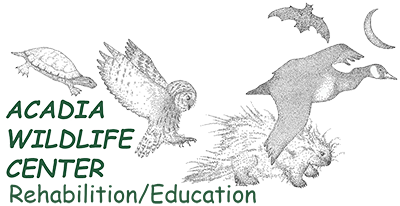If people and their pets or farm animals live on the same land as wildlife there are going to be some potential conflicts. Several things to remember. Protecting your animals is your job. If shooting or trapping is your solution of choice, you will leave a nice territory wide open for the next wild animal to move in. If you trap and move, you are doing the same thing and potentially leaving young animals behind to die. Chickens, sheep, cats, etc. cannot run free without possibly being someone’s lunch.
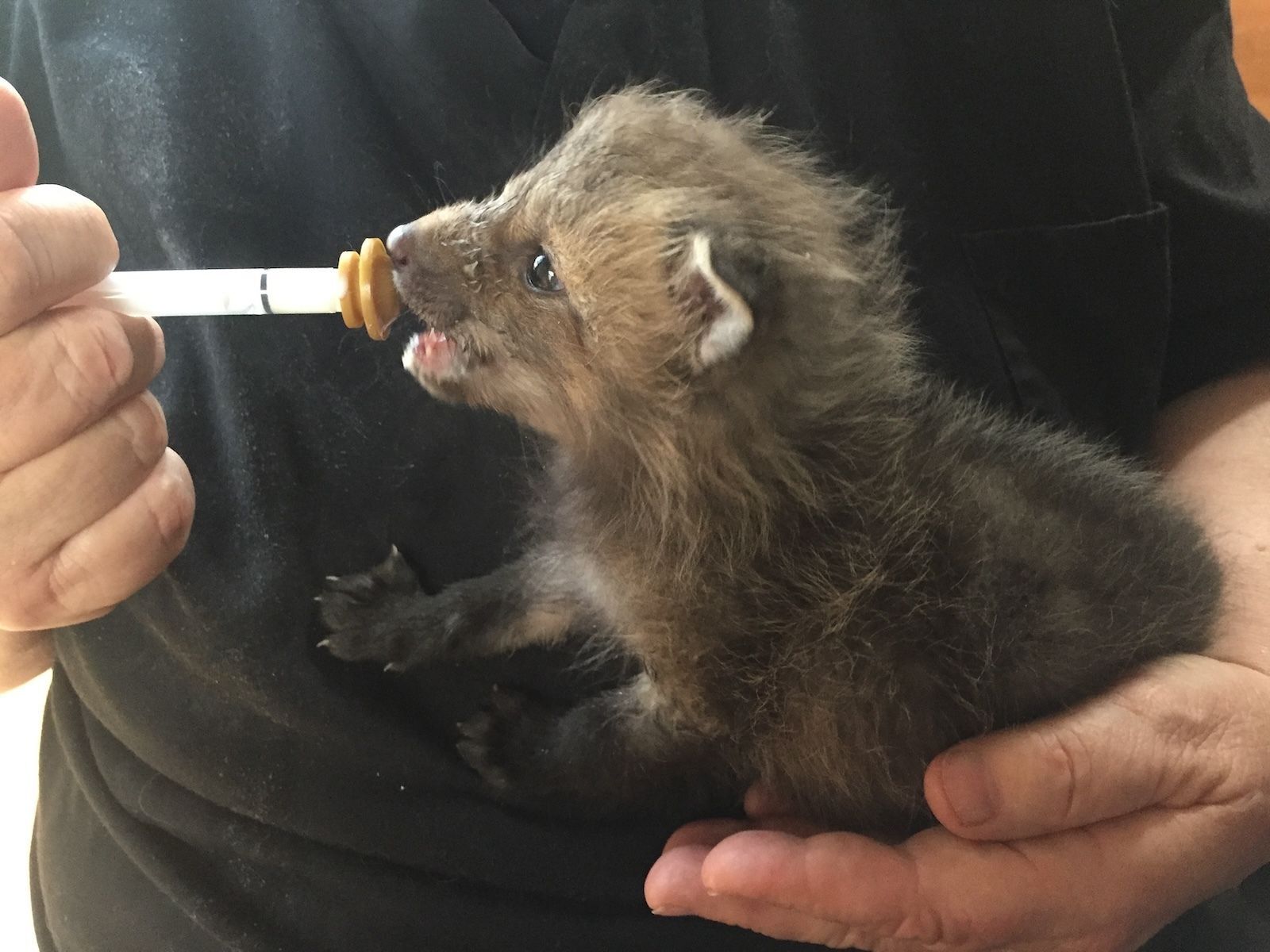
You don’t have to give up your rights as homeowners, but neither do wild animals need to give up their rights as territory holders who need to eat and raise a family. Its best to be creative, and humane.

There are lots of books describing many tricks to the trade of living in harmony with wildlife, most of it beyond the scope of one webpage. A few examples. Important trees may be protected from porcupines and beavers by wrapping the base of the tree with flashing. Beavers must chew at the bottom of a tree, and porcupines cannot jump, but must hike themselves up like a lumberjack. Flashing will prevent both. Gardens are best protected from deer by electric fence. They can jump very high and even a tall fence may not keep them out. A strand near ground level that is clear of vegetation can help with smaller animals that like to nibble. Woodchucks like cover to hide in and can be discouraged by clearing vegetation back from gardens and houses. There are non-lethal sprays that these animals don’t like. Ask at a good organic gardening supply store.
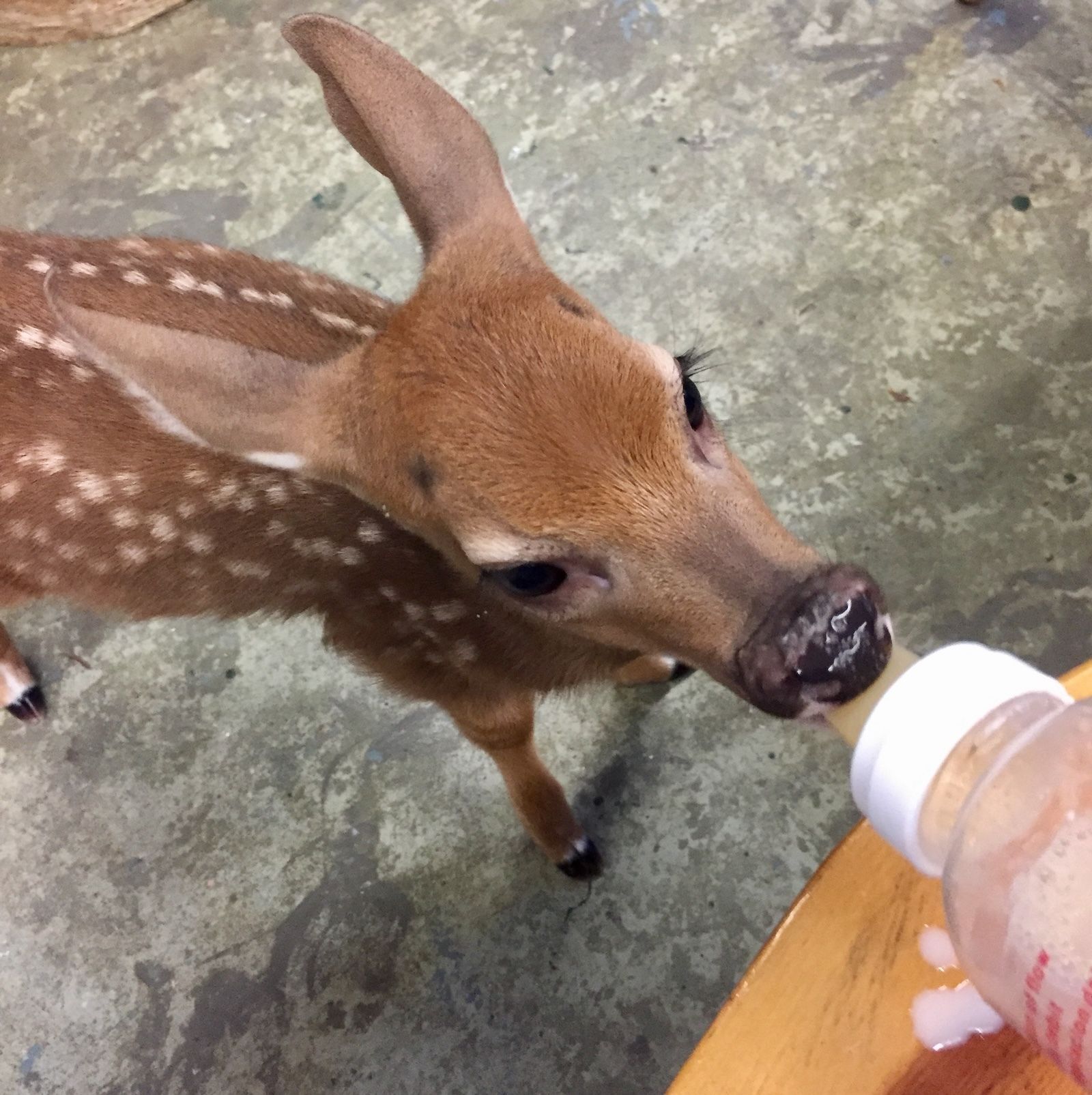
Skunks and other mammals like to have their young and hang out under front porches and sheds. They are not likely to spray if left alone. All of these animals have many dens on their territories and can be persuaded to move to a different one, including moving their babies out. Skunks are good diggers but are not persistent. The trick is to know your natural history; when do different animals have their young or if they hibernate, when do they do it. Exclusion is a matter of closing all holes up except one. If there are no young or other animals in a space, a one-way door will let them out but not back in. Call us, or a good exclusion wildlife officer for advice on a particular situation. We would all much rather help you solve your problem than have you kill or move the wildlife.
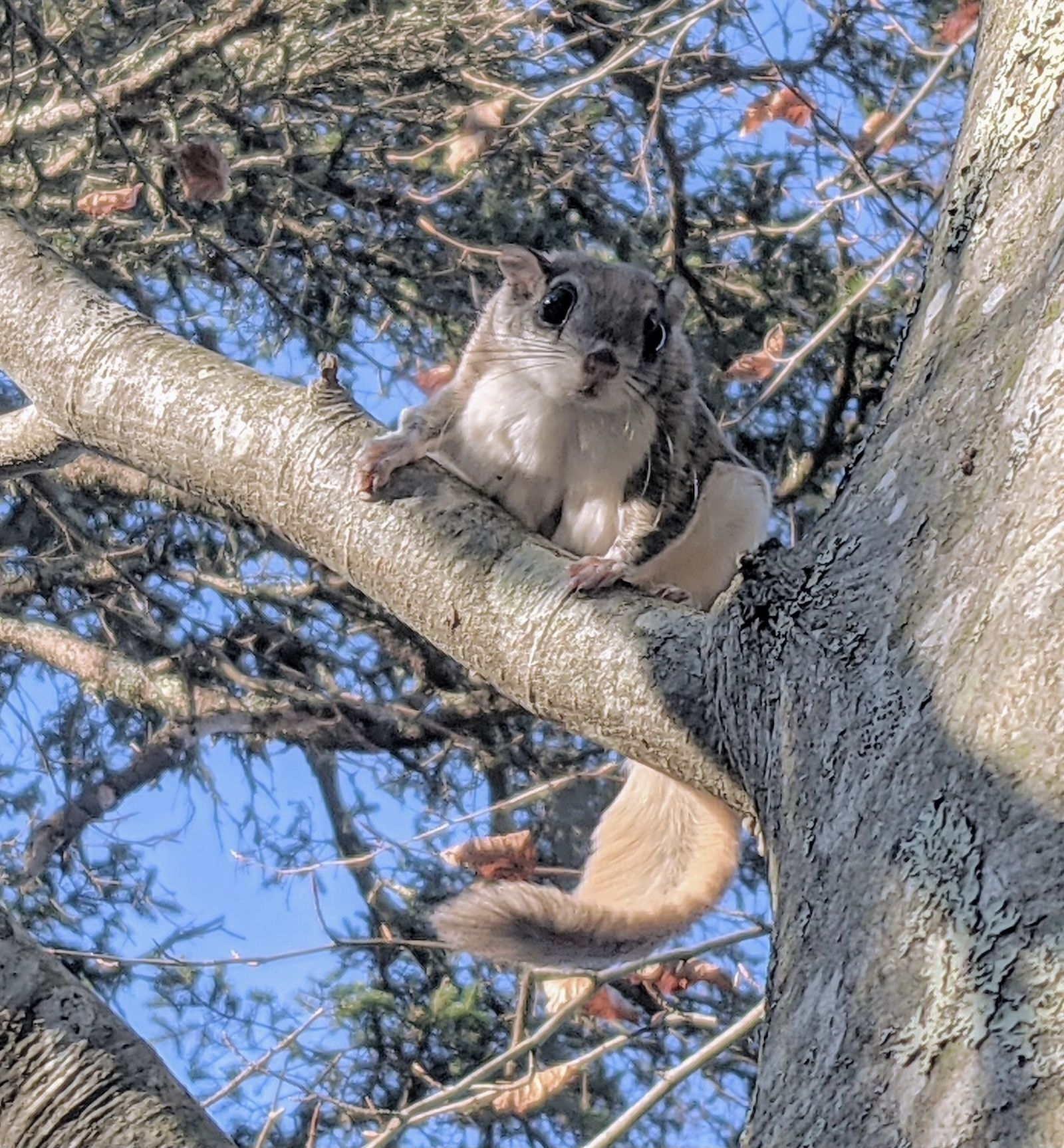
Animals that like to live in your house are also a matter of exclusion at the right time of year, before babies, and before hibernation. You are eventually going to have to plug chimneys and every hole big and small, without shutting animals in, or mothers out and babies in. Raccoons and squirrels have their young in your chimney (or silverware drawer- no kidding) because they are safe there from predators. When the babies are big enough, they move them to another den where they can begin to explore habitat. Both these groups want safety, so if you make them feel unsafe, they will move their babies out of your house. Talk radio next to the nest, strong smells like perfume or aftershave (never moth balls), on a rag; lights on at night will all work. Give the mother time to move her litter, it sometimes takes two nights for raccoons. They probably will not do it except at night. Flying squirrels are more difficult because they feel quite comfortable in your house, they are part of a colony there and find lots of good things to eat. Putting up a multichambered bird type house in your garden first, and then in mid-summer, or late fall begin exclusion. They can have two litters, so you have to time it right. Bats will be covered in the bat section.

We have talked about mice under glue traps and rodenticide. They also can be excluded without harm and discouraged by closing up foods and garbage. If you choose to use poisons, or glue traps you are hurting the very wildlife that is helping you keep rodents and insects under control. Hawks, owls, foxes, and coyotes are your best friends when it comes to rodent overpopulation. Bats, possums, and skunks eat huge numbers of insects. Let them do their job.
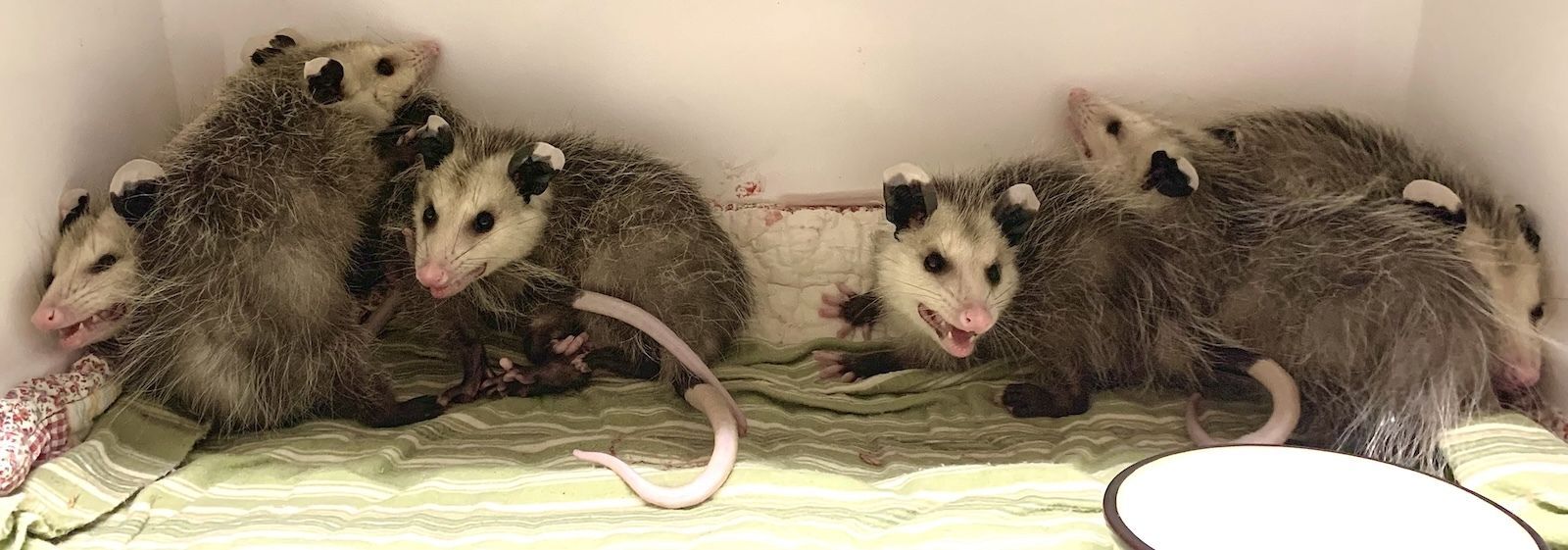
Birds sometimes nest under the eaves of your house. If this has been the case in a previous year, plan any construction or painting for an off-season time. It is illegal to disturb bird nests with babies or eggs. Plan ahead. Eggs usually take 2 ½ weeks to hatch, nestlings take 3-4 weeks to fledge.
This is the bare minimum of information, but the idea is that there are solutions to all problems. Let us help.

